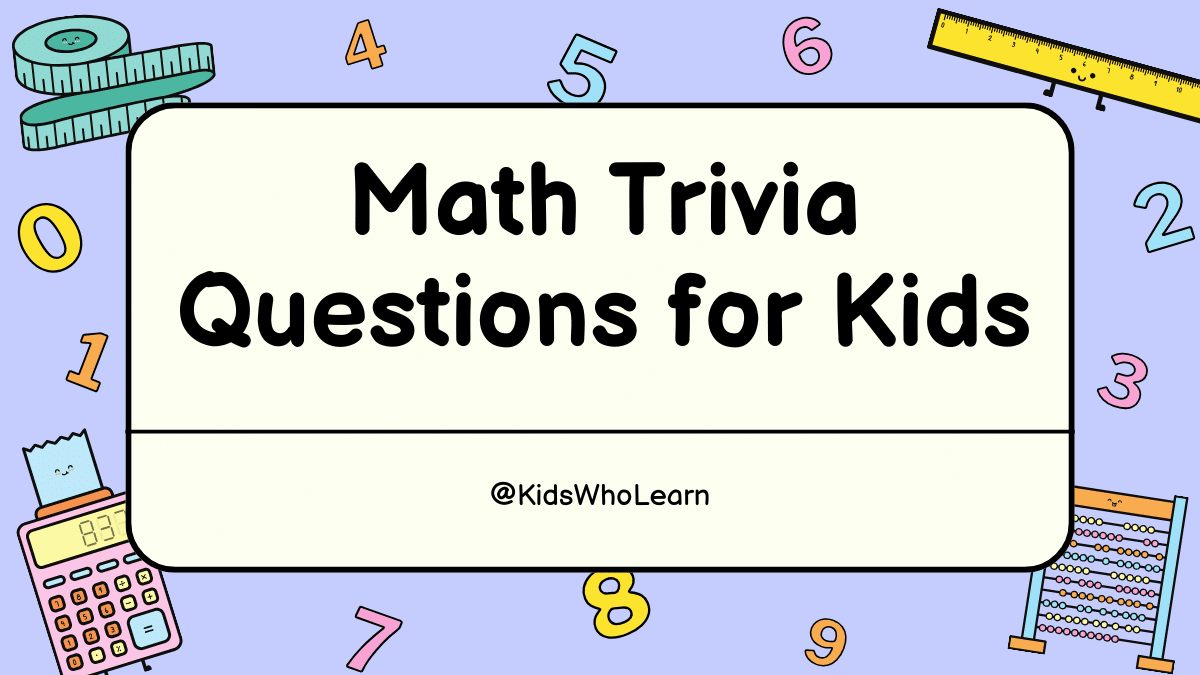If you’re a student or a parent, you may be wondering how many weeks are in a school year. The answer varies depending on the school and the district, but generally, a school year consists of 36 to 40 weeks of instruction. This includes breaks for holidays, winter and spring breaks, and summer vacation.
Understanding the school year is important for students and parents to plan ahead and ensure that they are meeting all necessary requirements. Knowing the number of weeks in a school year can also help students and parents plan for extracurricular activities, such as sports, music lessons, and summer camps.
Key Takeaways
- A school year generally consists of 36 to 40 weeks of instruction.
- Understanding the school year is important for planning and meeting requirements.
- Knowing the number of weeks in a school year can help with planning extracurricular activities.
Understanding the School Year
When it comes to understanding the school year, there are a few key things you should know. In this section, we will cover the basic structure of a school year and some of the differences you may encounter across the globe.
Basic Structure of a School Year
In most countries, the school year is divided into two semesters or terms. The exact length of these terms can vary depending on the country and the specific school, but they usually run for around 18-20 weeks each. At the end of each term, there is usually a break of around 1-2 weeks before the next term begins.
Within each term, there may be further divisions, such as quarters or modules. These are designed to help teachers and students stay on track and ensure that all necessary material is covered before the end of the term.
In addition to the regular terms, there may also be special holidays or breaks throughout the year. For example, many schools have a week-long break for Thanksgiving or a two-week break for Christmas.
Differences Across the Globe
While the basic structure of a school year is similar across many countries, there are some notable differences you may encounter. For example, in some countries, the school year runs from January to December rather than September to June. Others may have longer or shorter terms, or different breaks throughout the year.
In some countries, such as Japan, the school year is divided into three terms rather than two. This can help to spread out the workload and ensure that students have enough time to cover all necessary material.
It is also worth noting that the exact start and end dates of the school year can vary depending on the country and the specific school. Some may start earlier in August or September, while others may not begin until October or November.
Overall, understanding the structure of the school year can help you to plan your schedule and stay on track throughout the academic year.
Calculating Weeks in a School Year
When it comes to calculating the number of weeks in a school year, it can be a bit tricky. However, with a bit of math and some consideration for holidays and breaks, you can determine the exact number of weeks your school year will have.
Counting School Weeks
To calculate the number of weeks in a school year, you need to start by determining the number of days in the school year. Most school years are around 180 days long, although this can vary depending on your school district and state.
Once you know the number of days in the school year, you can divide that number by the number of days in a week, which is typically 5. This will give you the total number of weeks in the school year.
For example, if your school year is 180 days long, you would divide 180 by 5, which equals 36. This means that your school year would be 36 weeks long.
Factoring in Holidays and Breaks
While the above calculation works for determining the total number of weeks in a school year, it doesn’t take into account holidays and breaks. Most schools have breaks for holidays like Thanksgiving, Christmas, and Spring Break, which can impact the total number of weeks in the school year.
To factor in holidays and breaks, you will need to subtract the number of days off from the total number of days in the school year before dividing by the number of days in a week.
For example, if your school year is 180 days long and you have a one-week break for Thanksgiving and a two-week break for Christmas, you would subtract 15 days (5 days for Thanksgiving and 10 days for Christmas) from 180, which equals 165. Then, you would divide 165 by 5, which equals 33. This means that your school year would be 33 weeks long, factoring in the holidays and breaks.
In conclusion, calculating the number of weeks in a school year requires some basic math skills and consideration for holidays and breaks. By following the above steps, you can determine the exact number of weeks your school year will have.
Impact of Weeks in a School Year
Educational Outcomes
The number of weeks in a school year can have a significant impact on the educational outcomes of students. A school year typically lasts for 36 to 40 weeks, depending on the country and educational system. Longer school years have been shown to have a positive impact on academic performance, as students have more time to learn and consolidate their knowledge.
According to studies, students who attend schools with longer school years tend to score higher on standardized tests, have higher graduation rates, and are more likely to attend college. This is because longer school years allow for more instructional time, which can lead to better academic outcomes.
Student Well-being
While longer school years may have benefits for academic performance, they can also have negative effects on student well-being. Longer school years can lead to increased stress and burnout among students, which can negatively impact mental health and overall well-being.
It is important for schools to strike a balance between providing enough instructional time for academic success while also ensuring that students have enough time for rest, relaxation, and extracurricular activities. This can be achieved by implementing regular breaks throughout the school year, such as holidays and vacations, and by encouraging students to participate in physical activity and other forms of self-care.
In conclusion, the number of weeks in a school year can have both positive and negative impacts on educational outcomes and student well-being. It is important for schools to carefully consider the length of the school year and to prioritize the well-being of their students while also providing enough instructional time for academic success.
| Pros | Cons |
|---|---|
| Higher academic performance | Increased stress and burnout |
| Higher graduation rates | Negative impact on mental health |
| Increased likelihood of attending college | Less time for rest and extracurricular activities |
Educational Outcomes
- Longer school years lead to better academic outcomes
- Students score higher on standardized tests
- Higher graduation rates
- More likely to attend college
Student Well-being
- Longer school years can lead to increased stress and burnout
- Negative impact on mental health
- Regular breaks and self-care activities can help mitigate negative effects.
Conclusion
In conclusion, understanding the number of weeks in a school year is essential for both students and parents. It helps in planning and managing schedules, ensuring that students attend school regularly and on time.
Based on the information presented in this article, the number of weeks in a school year varies depending on the country and the specific school district. For instance, in the United States, the average number of weeks in a school year is 36 weeks, while in other countries, such as Australia, the school year may have up to 40 weeks.
It is important to note that the number of weeks in a school year is not the only factor that determines the quality of education. Other factors such as the curriculum, teaching methods, and resources available also play a crucial role. However, having a clear understanding of the number of weeks in a school year can help students and parents plan their schedules better and ensure that they make the most out of their education.
Overall, it is important to remember that education is a lifelong journey, and the number of weeks in a school year is just one aspect of it. By staying focused, motivated, and committed to learning, you can achieve your academic goals and succeed in life.
Frequently Asked Questions
How long is a typical school year in weeks?
A typical school year in the United States is around 36 weeks long. However, the exact number of weeks can vary depending on the state, district, and school.
What is the average number of weeks in a school year?
The average number of weeks in a school year is around 180 days, or 36 weeks. This includes holidays and breaks.
How many weeks are in a standard American school year?
A standard American school year is typically around 36 weeks long, with breaks and holidays included.
How many weeks are in a college school year?
A college school year is usually divided into two semesters, each around 15 weeks long. This can vary depending on the institution and the program.
How many weeks are in a school year in New Jersey?
In New Jersey, a school year is required to be at least 180 days long, or around 36 weeks. However, individual districts may have longer school years.
How many weeks are in a school year in Texas?
In Texas, a school year is required to be at least 75,600 minutes long, which is equivalent to around 180 days or 36 weeks. However, districts may have longer school years depending on their specific needs.







